INTRODUCTION

Just a few months separate us from the upcoming PCIe 5.0 compatible motherboards (both from Intel and AMD) and Gen5 M.2 NVMe SSD models but the truth of the matter is that even PCIe 4.0 Gen4 models are more than enough for the vast majority of consumers and professionals alike (for most consumers even PCIe 3.0 Gen3 models are plenty). The fact that the market is now filled with PCIe 4.0 (Gen4) motherboards and SSDs is also a plus since at launch i don't expect high availability levels (it will probably be very low) and that applies for both PCIe 5.0 motherboards and SSDs. One of the most popular PCIe 4.0 Gen4 SSD lines is no other than the P5 Plus by Crucial and since after testing the 2TB model (review here) some of you came forward asking from me to check on the 1TB variant this is what i have here with me today.
Crucial is a global brand of Micron Technology, Inc. Crucial solid-state drives (SSDs) and memory (DRAM) upgrades are compatible with over 100,000 new and old desktops, laptops, workstations and servers. Crucial Ballistix memory delivers a performance edge to gamers, enthusiasts and power users. Available worldwide at leading retail and e-tail stores, commercial resellers and system integrators, Crucial products enhance system performance and user productivity. Learn more at crucial.com.
As i already mentioned before currently the P5 Plus M.2 NVMe SSD line by Crucial includes 500GB/1TB/2TB capacity models and just like with their P5 model it packs their very own 8-channel NAND flash controller which they've paired with Micron’s new and improved B47R 176-layer 3D TLC NAND flash together with 1GB of LPDDR4 DRAM (for the 1TB model). The in-house 8-channel NAND flash controller used with the P5 Plus SSD line comes equipped with numerous technologies for optimal performance and durability including Dynamic Write Acceleration (SLC cache), low-density parity check (LDPC - ECC), active garbage collection, TRIM, SMART, device sleep, NVMe autonomous power state transition (APST) and adaptive thermal protection (throttles performance when NAND temperatures exceed 70 degrees) and comes ready with full support for TCG Opal 2.0. Crucial also covers the entire P5 Plus line with a 5-year limited warranty and as for durability they report an MTBF (meantime between failures) of 2 million hours and a TBW of 300 for the 500GB model, 600 for the 1TB model and 1200 for the 2TB model. So, let’s see how the P5 Plus 1TB compares not only to its larger capacity brother but many other Gen4 M.2 NVMe SSDs.
SPECIFICATIONS AND FEATURES

PACKAGING AND CONTENTS
Crucial uses their classic box so at the front you can see their logo, the product name and of course capacity.
At the rear Crucial mentions all the "extras" consumers are getting with the P5 Plus SSD.
Along with the drive and the quick start guide inside the box you'll also find an M.2 screw.
THE P5 PLUS 1TB
Just like the P5 the P5 Plus follows the typical 2280 standard (22mm in width and 80mm in length) and comes with a black sticker on top.
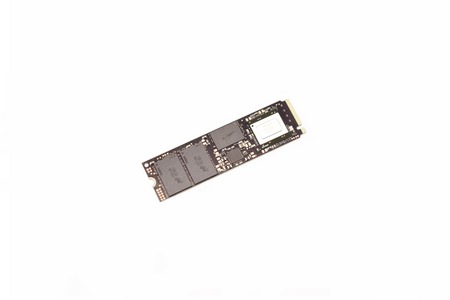
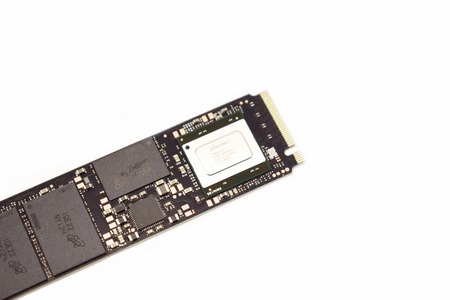
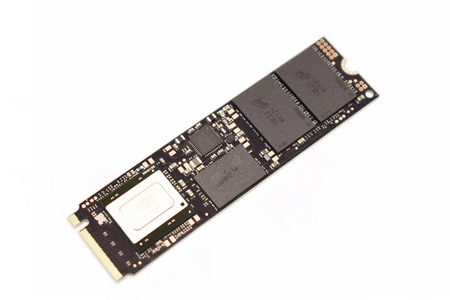 Beneath the sticker we find their in-house 8-channel NAND flash controller along with three 176-layer 3D TLC NAND flash modules by Micron and an 1GB LDDR4 SDRAM module.
Beneath the sticker we find their in-house 8-channel NAND flash controller along with three 176-layer 3D TLC NAND flash modules by Micron and an 1GB LDDR4 SDRAM module.
Since this is a single side SSD the other side of the PCB is completely empty and has 2 stickers on it with information and numerous certifications about the drive.
TEST BED
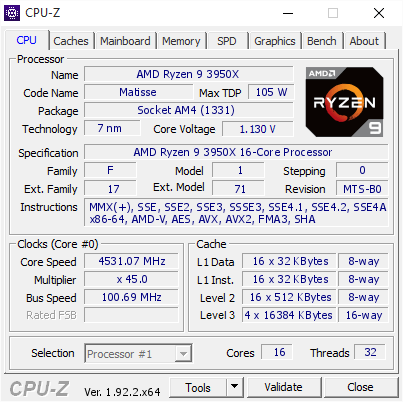

TESTING METHODOLOGY
Not long after I first started testing SSDs back in 2008, I concluded that it's almost impossible for any single benchmark suite to accurately measure their performance and that's why in certain benchmark suites we see amazing read/write performance numbers with some drives while in others things are quite different. The reason behind this is that some benchmarking suites are configured to read and write random chunks of data while others read and write constant (sequential) ones. So that's why i always use a very wide selection of benchmarking suites including AIDA64, HD Tach RW, HD Tune Pro, Crystal Disk Mark, Sisoftware Sandra Pro, AS SSD, IOmeter and ATTO. To get the most accurate results each test gets repeated a total of 6 times with the average performance numbers recorded into the charts*/****. Also, as of February 25th 2015 our results will also include the Storage Networking Industry Association’s (SNIA) IOMeter tests. These tests include a 12 Hour write test used to “simulate” performance degradation over time and a mixed workload test which basically shows what you can expect when using an SSD continuously for roughly two hours. Unfortunately, due to the time required for these tests they get repeated a total of 3 times and not 6 as the above.
Many people have made inquiries about our charts in the past so once again please do keep in mind that the Charts have the average performance numbers of each drive recorded and not the peak (highest) ones. Also, although every single one of these programs can help potential buyers choose the right drive for their needs you should also remember that from any kind of benchmark up to real world usage the gap is not small (and usually most differences will go unnoticed by most people). All tests were performed in a fresh Windows 10 Pro x64 installation complete with every update up to the date of this review.
* Since November 2018 the SSD comparison charts have been divided to 2.5” and M.2 models to reduce their growing size.
** Unless stated otherwise the Ryzen 9 3950x based Test Rig used for M.2 Gen 4 SSD reviews is not located in the lab.
*** As of January 2021 for Gen 3x4 models I’ll be using the Core i9-7980XE test rig (after numerous tests the up to 6% difference in read & write performance compared to the i7-6700 system simply wasn’t enough to justify having an extra test rig around).
**** Since February 2022 M.2 NVMe Gen3 and Gen4 SSD drives are placed in different charts.
TEST RESULTS - AIDA64 / ATTO


TEST RESULTS - HD TACH RW / HD TUNE PRO


TEST RESULTS - SISOFTWARE SANDRA PRO / CRYSTAL DISK MARK
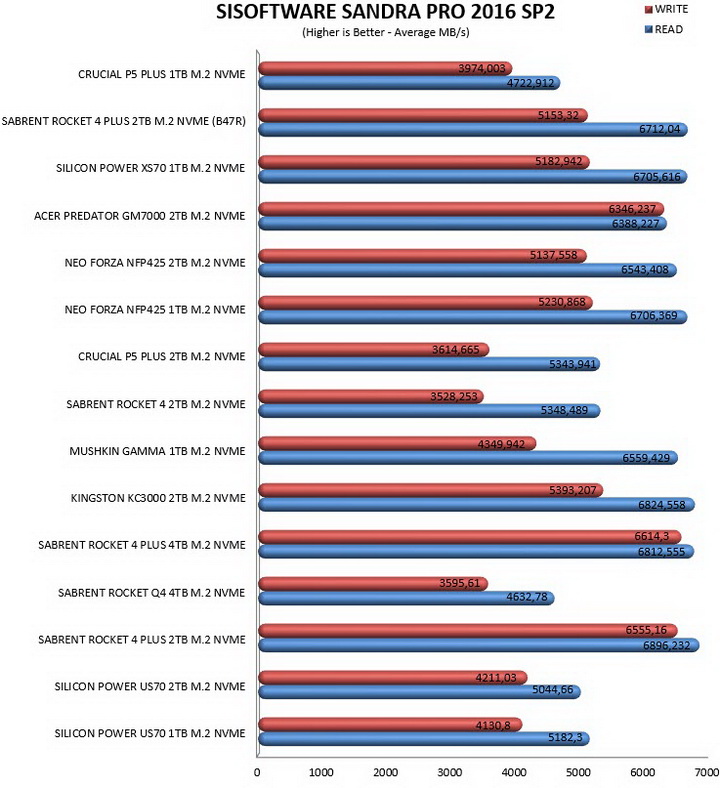

TEST RESULTS - AS SSD / IOMETER
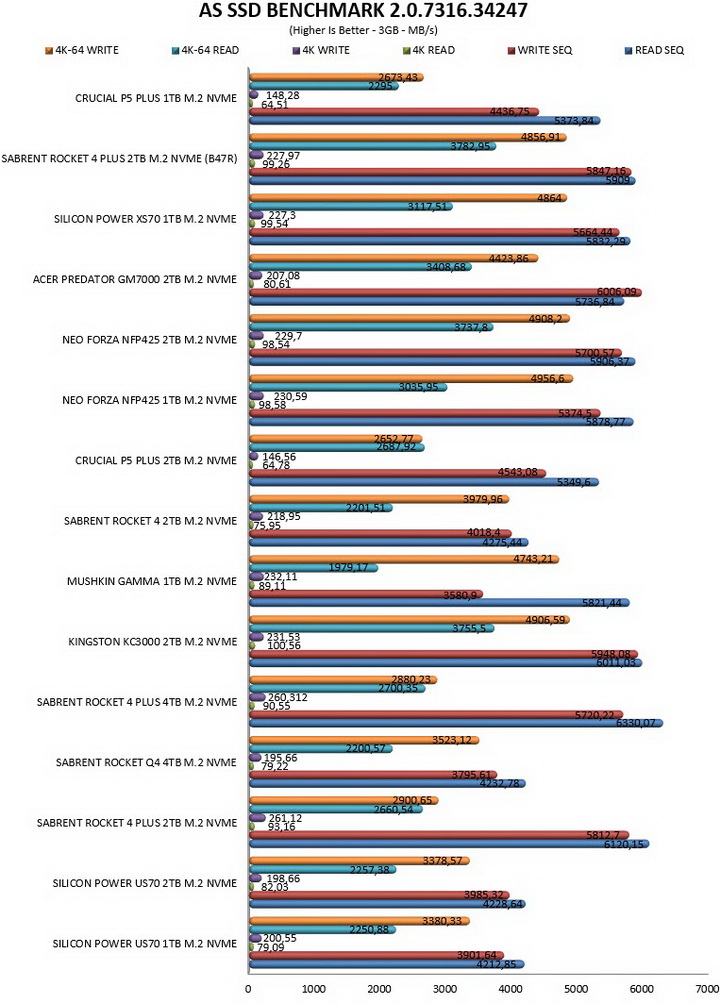
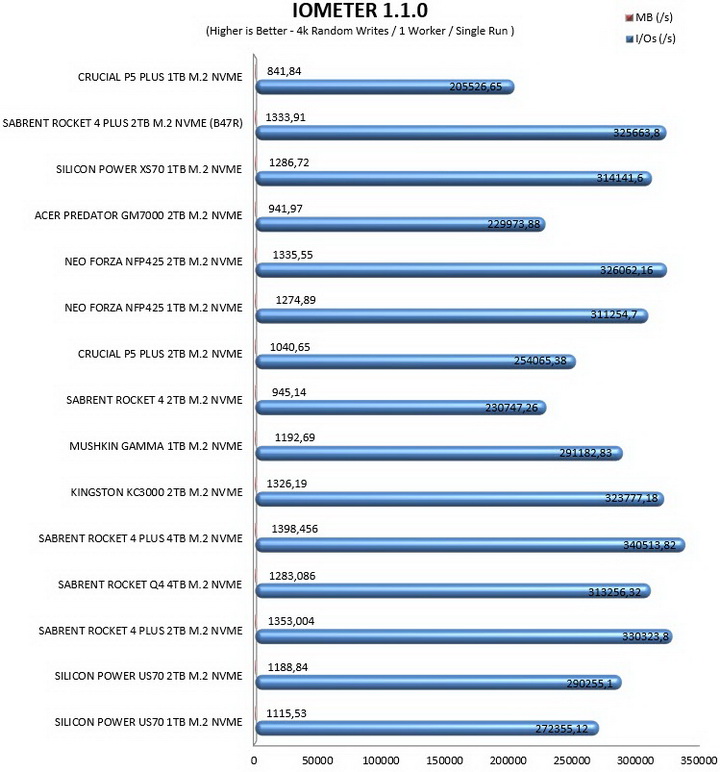
TEST RESULTS - IOMETER SNIA
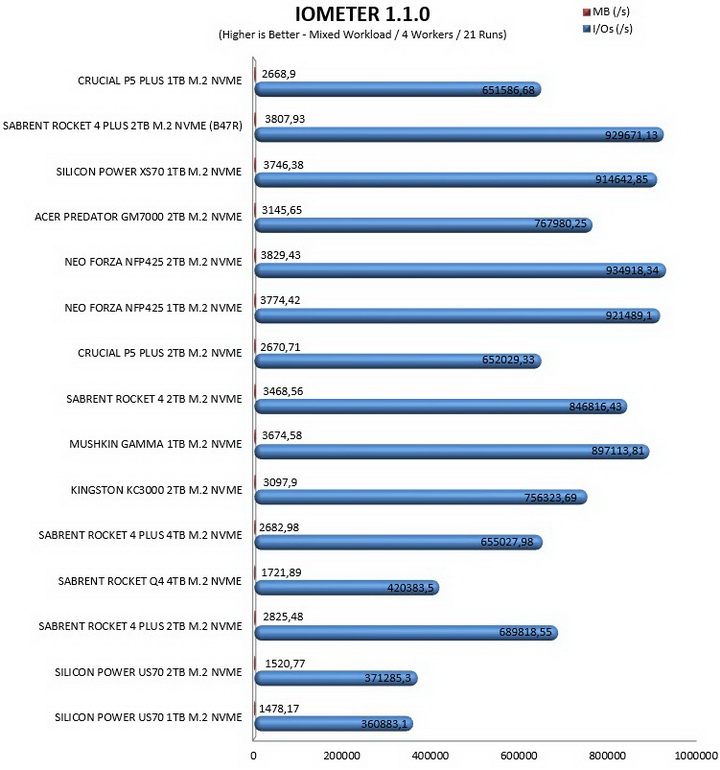
CONCLUSION
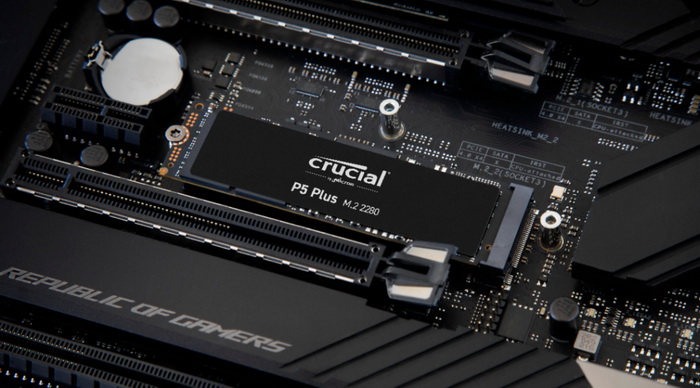
As you can all easily see from the charts the 1TB variant of the P5 Plus exchanges blows with its larger brother, the 2TB model. Unlike other models I’ve tested however i was genuinely surprised to see that their “win/lose” ratio was almost at 50% (from a quick count i did of all tests) so performance levels are actually almost identical, at least for the most part. With that out of the way not much i can say about the P5 Plus, with performance numbers surpassing 4500MB/s for both reads and writes (in synthetic benchmarks) it’s certainly far from the fastest PCIe 4.0 Gen4 M.2 NVMe line out there but again should be more than sufficient for the majority of users out there.
At the time of this review the P5 Plus 1TB PCIe 4.0 (Gen4) M.2 NVMe SSD by Crucial retails for USD134.99 inside the USA (Amazon.com) and for 136.89Euros inside the EU (Amazon.de) a price tag which is actually reduced compared to the when i reviewed the 2TB variant (the price of that is also reduced). In turn this makes the P5 Plus 1TB a more attractive choice right now and since it also offers good performance levels together with good durability numbers it too deserves the Golden Award.

PROS
- Good Performance (Up to 6000MB/s Read & 5000MB/s Write)
- Endurance / Durability (600TBW / 2 Million Hours MTTF)
- 5 Year Limited Warranty
- Price (For Some)
CONS
- Thermal Throttling (During Our SNIA Tests)
- Available Capacities (2TB Max)

 O-Sense
O-Sense





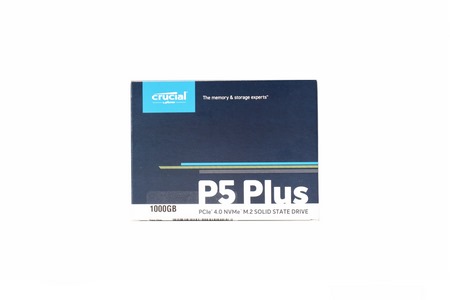
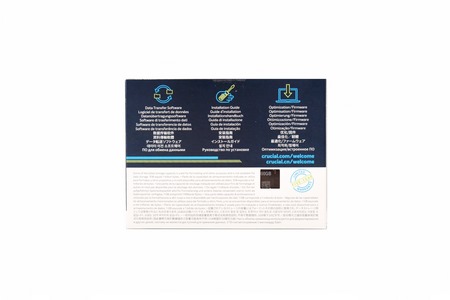
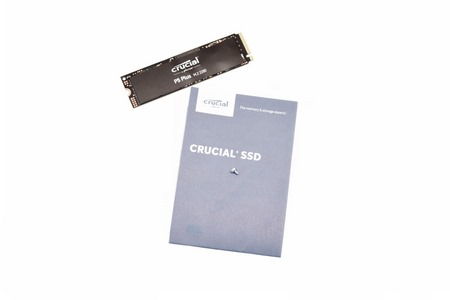
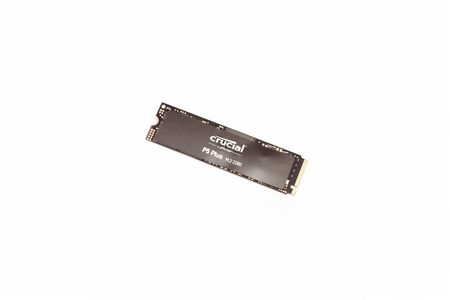
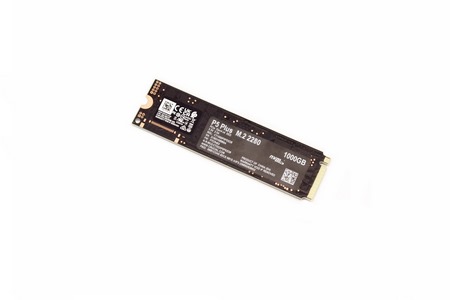
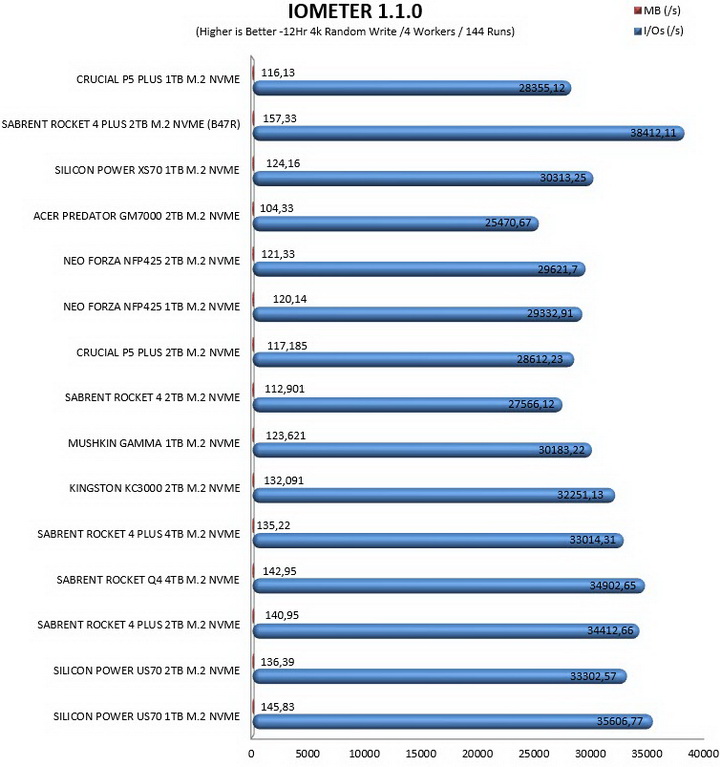
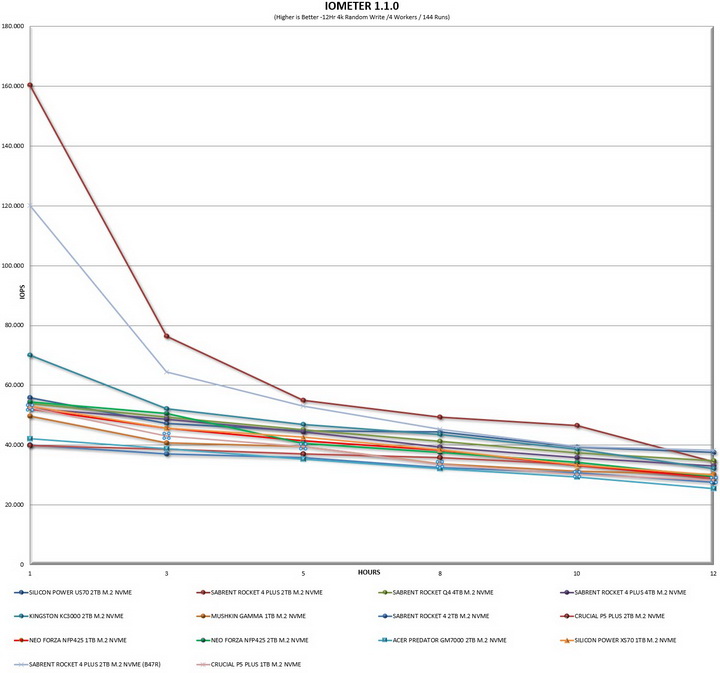


.png)

